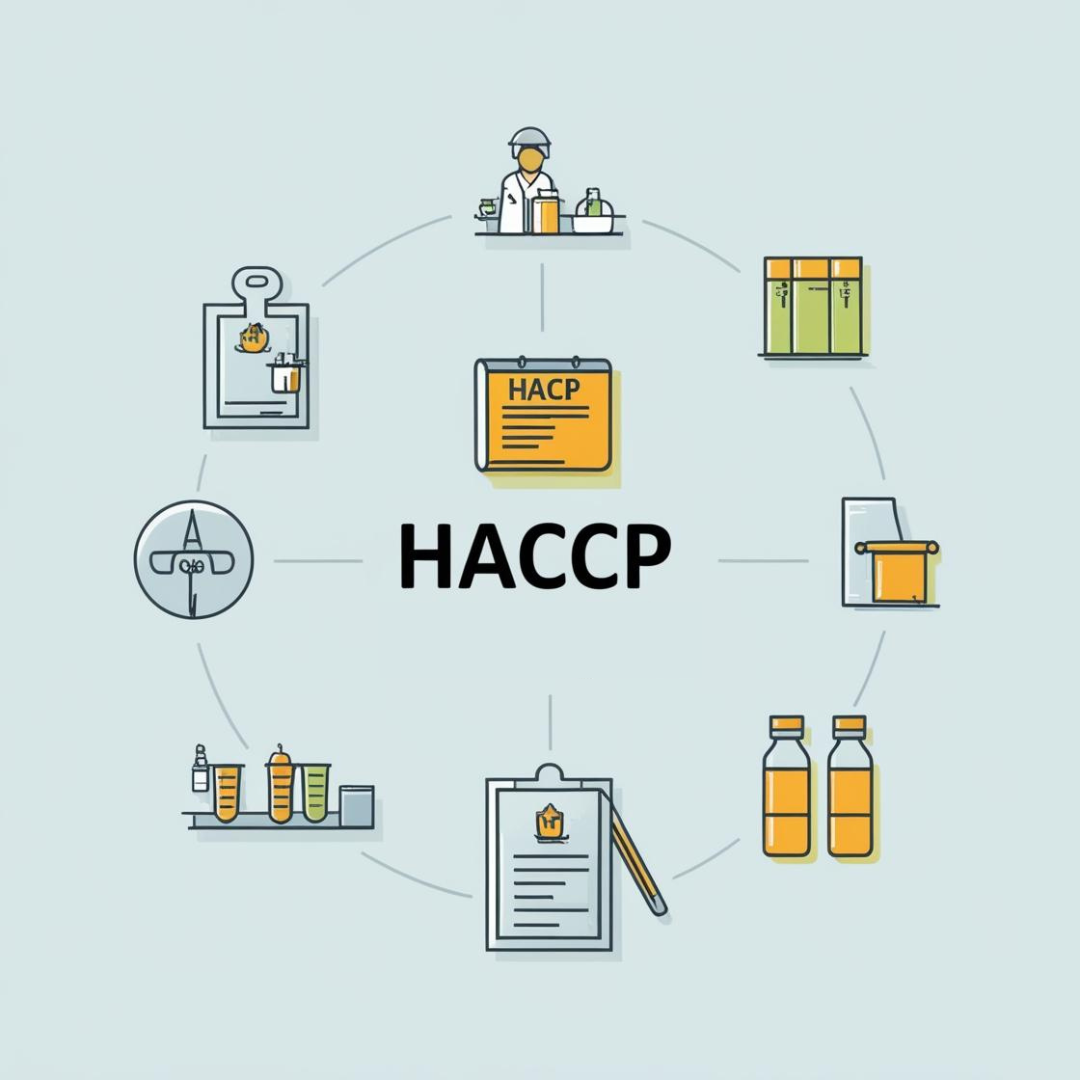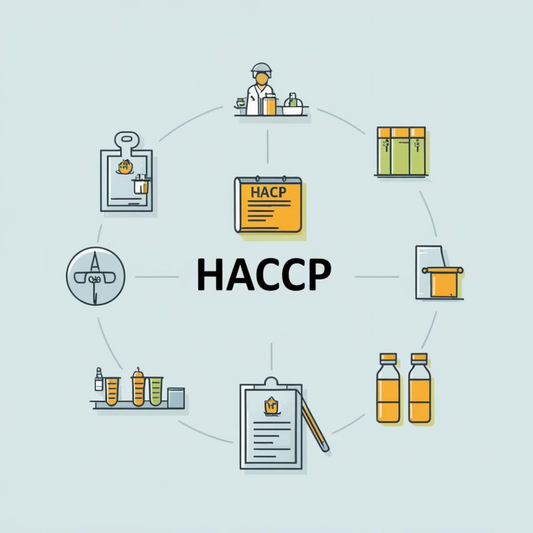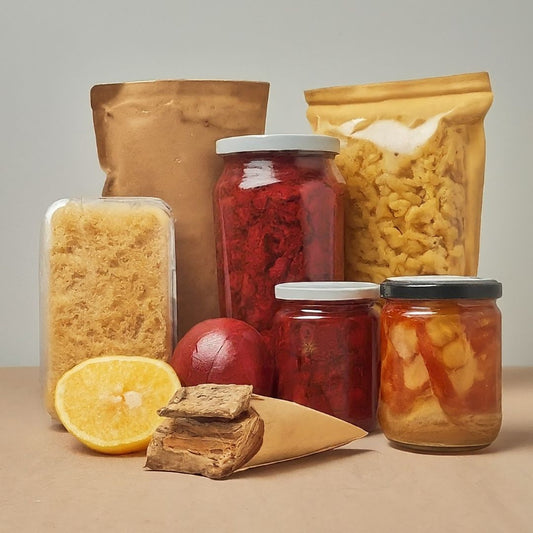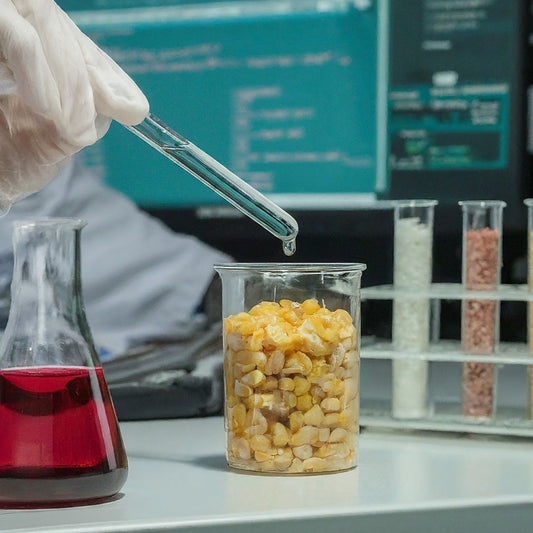Artificial Intelligence in Food Development
Share
AI in food development is revolutionizing how food products are designed, manufactured, and consumed. By leveraging machine learning, data analytics, and automation, AI is enabling innovative solutions to challenges in the food industry.
Key Applications and Real-Time Examples
1. Recipe Creation
AI is helping chefs and food scientists design new recipes by analyzing vast datasets of ingredients, cuisines, and consumer preferences.
Example: IBM’s Watson collaborated with chefs to create unique recipes like “Austrian Chocolate Burrito” by analyzing flavor compounds and pairing unlikely ingredients to create novel tastes.
Startup Use Case: Gastrograph AI predicts how consumers will perceive flavors based on their demographic profiles, helping companies tailor products for specific markets.
2. Personalized Nutrition
AI platforms analyze individual dietary needs, health conditions, and preferences to recommend customized meal plans or develop tailored food products.
Example: Companies like DayTwo and DNAfit use AI to provide dietary recommendations based on genetic testing or gut microbiome analysis.
Real-Time Product: Nestlé’s AI-powered "Nestlé Wellness Ambassador" app suggests nutrition tips and product recommendations by analyzing uploaded photos of meals.
3. Quality Control
AI ensures product quality by identifying defects or inconsistencies in raw materials and finished products.
Example: PepsiCo uses AI-powered cameras to monitor the consistency of potato chips during production, detecting and discarding defects in real-time.
AI Vision: Tomra’s food sorting systems utilize machine vision and AI to sort fruits, vegetables, and nuts for quality assurance.
4. Flavor Optimization
AI is used to predict flavor combinations and optimize taste profiles based on consumer feedback.
Example: Plant Jammer uses AI to suggest ingredient combinations for vegan recipes, catering to the growing demand for plant-based diets.
Case Study: Heineken uses AI to optimize beer recipes, analyzing consumer feedback to refine flavors.
5. Sustainable Food Production
AI contributes to sustainability by reducing food waste and improving resource efficiency.
Example: Apeel Sciences uses AI to analyze factors affecting produce spoilage, applying edible coatings that extend shelf life.
Real-Time Impact: Google’s DeepMind AI is helping Unilever reduce water and energy usage in ice cream manufacturing by optimizing temperature controls.
6. Predictive Analytics for Trends
AI analyzes market data and social media trends to predict future consumer demands, guiding product innovation.
Example: Coca-Cola used AI to develop its Cherry Sprite flavor by analyzing social media mentions and consumer preferences.
Startup Impact: Spoonshot uses AI to predict food trends and provide insights for new product development.
7. Food Safety and Compliance
AI-powered systems ensure compliance with food safety standards by monitoring processes and identifying risks.
Example: Pathogen detection tools like Clear Labs’ AI-based platform identify contamination in food products quickly, reducing outbreak risks.
Future Potential
AI in food development is expected to further evolve by integrating technologies like blockchain for transparency, robotics for automation, and IoT for data collection. These advancements promise smarter, healthier, and more sustainable food solutions.





